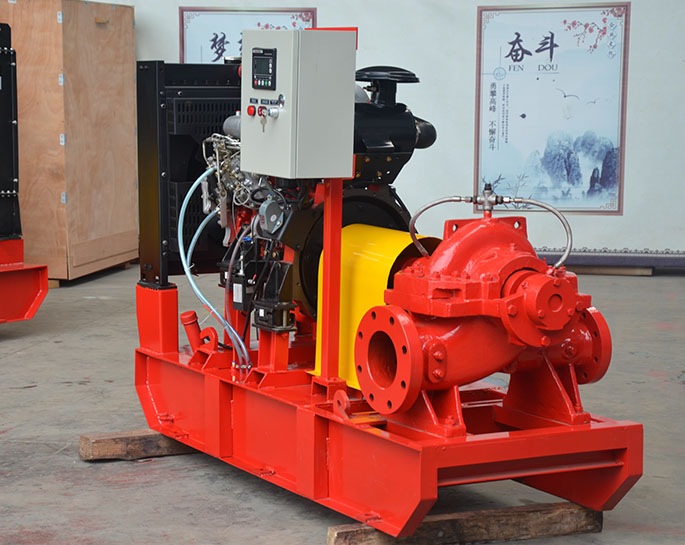What affects the operating efficiency of a self-priming pump?
The operating efficiency of a self-priming pump can be influenced by various factors. Understanding and addressing these factors can help improve the pump's performance and overall efficiency. Some key factors that affect the operating efficiency of a self-priming pump include:
-
Suction Source: The efficiency of a self-priming pump is highly dependent on the suction source. If the water source is too far below the pump or if there are restrictions or obstructions in the suction line, it can negatively impact the pump's ability to prime effectively.
-
Suction Lift Height: Self-priming pumps have limitations on the maximum suction lift height they can handle. Exceeding this limit can lead to reduced efficiency and may even prevent the pump from priming altogether.
-
Air Leaks: Air leaks in the suction line or pump housing can disrupt the self-priming process. Air entering the system can hinder the pump's ability to establish a prime and reduce its efficiency.
-
Impeller and Wear Plate Condition: Worn or damaged impellers and wear plates can result in reduced pumping efficiency. Regular inspection and maintenance of these components are essential to ensure optimal pump performance.
-
Suction Strainer or Foot Valve Issues: A clogged or malfunctioning suction strainer or foot valve can restrict water flow into the pump, affecting its priming capability and overall efficiency.
-
Pump Speed: Running the pump at a speed that is significantly different from the recommended operating speed can lead to decreased efficiency.
-
Viscosity of Pumped Fluid: Self-priming pumps are generally designed for pumping water-like fluids. If the pumped fluid is highly viscous or contains solids, it may impact the pump's ability to prime and affect efficiency.
-
Discharge Pressure: The pump's efficiency can be influenced by the discharge pressure it needs to overcome. Higher discharge pressures may require more power, leading to reduced overall efficiency.
-
Pump Condition and Maintenance: Regular maintenance and upkeep are crucial for ensuring the pump operates at peak efficiency. Neglected or poorly maintained pumps are more likely to experience efficiency issues.
-
System Design and Installation: The overall system design, including pipe sizing, valve selection, and installation practices, can impact the pump's efficiency. A well-designed system ensures smoother fluid flow and enhances pump performance.
-
Power Source: The efficiency of the power source driving the pump (e.g., electric motor, diesel engine) can affect the overall efficiency of the pump system.
To improve the operating efficiency of a self-priming pump, it's essential to perform regular maintenance, check for air leaks, ensure proper installation, and use the pump within its recommended operational parameters. If efficiency issues persist, it's advisable to consult with pump experts or manufacturers for further troubleshooting and guidance.


.png)
.png)

.png)


